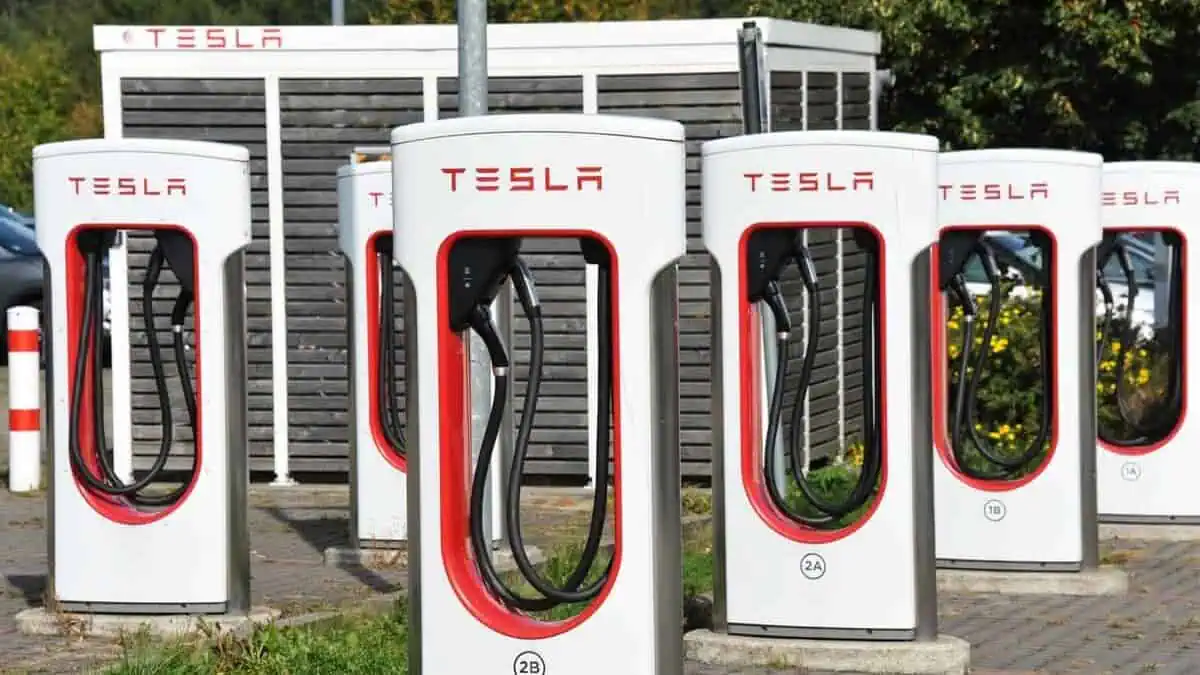Canada-based automotive supplier Magna International aims to achieve net-zero CO2 emissions across its global operations by 2050, as indicated in the press release. However, the Science Based Targets initiative (SBTi) has yet to validate the submission to ensure it adheres to the Paris Climate Agreement.
Targets
Magna proposes the following net-zero emission targets for the SBTi:
- Hit carbon neutrality worldwide by 2050
- Cut approximately 42% of its Scope 1 and Scope 2 footprint by 2030
- Reduce 35% of its Scope 3 emissions by 2030
“Magna has focused on creating a better world of mobility, and the company’s pursuit of net-zero emissions reflects this commitment. To reach this ambitious target, we are addressing not only the emissions we produce within our own facilities but also those of our entire supply chain, while supporting the industry move to low-carbon mobility technology. By embracing sustainable practices, shifting to renewable energy sources, making our manufacturing processes more efficient and partnering with our customers in the transition to electric vehicles, we want to make a positive impact on the planet and future generations.”
Magna CEO Swamy Kotagiri
Magna to adopt 100% renewable energy by 2030
Magna also aims to shift away from fossil fuels to 100% renewable electricity across its European operations by 2025. This target would expand to the company’s global operations by 2030.
However, the company warned that achieving this ambitious target would need the cooperation of its employees, partners, and customers.
“Collaboration is a key driving force that is propelling the automotive industry toward a sustainable future. Magna’s unwavering commitment and dedication to creating a greener planet is not only commendable but, as one of the world’s largest automotive suppliers, presents an opportunity for even greater collaboration to help shape a future where sustainable practices become the industry standard.”
Kellen Mahoney, Suppliers Partnership for the Environment Director
Magna’s global presence
Magna International is currently the leading automotive contract manufacturer in North America. In the global ranking, it claimed the fourth-highest spot in the automotive supply industry.
The company currently owns 351 factories globally, including those in Europe, North and South America, Asia, and Africa.
Magna announced a $1 billion investment last year for its North American expansion efforts. Of that total, $470 million would go to its projects in Canada. Meanwhile, the other $500 million is for its operations in Michigan.
Apart from that, it also allocated almost $800 million to Tennessee for the development of its new factory in Ford’s BlueOval City.
However, Magna’s growing global presence substantially raises its contribution to CO2 emissions. In response, the company has now developed an unambiguous guideline to achieve carbon neutrality.
See Also:
- Magna invests $790 million to develop three new facilities in Tennessee
- LG Magna to build e-Powertrain plant in Mexico, to supply GM with EV Parts
- US: Non-fossil fuels to contribute 86% of new power generation capacity in 2023
- Toyota Motor Europe aims to reach carbon neutrality by 2040
- Europe encounters challenges in its electrification efforts
Magna proudly disclosed that it will hit its prior target of a 10% reduction in its global energy consumption this year. That rate will gradually rise to 20% by 2027. It is also worth noting that 30 units of Magna’s business have already reached net-zero emissions in the past two years alone.






